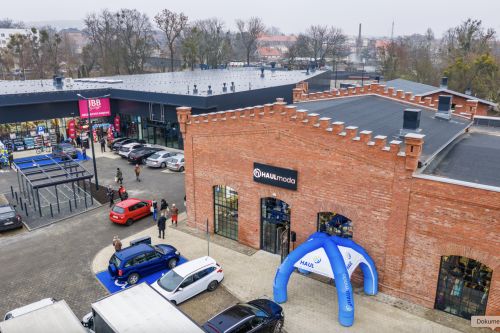Frankfurt-based open-ended fund manager Deka Immobilien, part of the Sparkassen-Finanzgruppe, has been actively involved in real estate investment transactions across Europe. According to Peter Heckelsmüller, the head of CEE acquisitions and sales at Deka Immobilien: "There are a number of interesting, well developed and further developing secondary cities in the CEE region - but these are mainly located in Poland. In such cities we see a growing supply of good class 'A' office space due to the growing demand from national and international tenants."
Tempting, but ...According to Peter Heckelsmüller, it is the fundamental data that is drawing investors to look beyond the capitals, such as the economic growth, the available labour force and the availability of class 'A' office space: "These secondary cities are attractive for real estate investment and acquisitions. This is even more the case for retail and industrial/logistics investment, where the majority of transactions h






























































